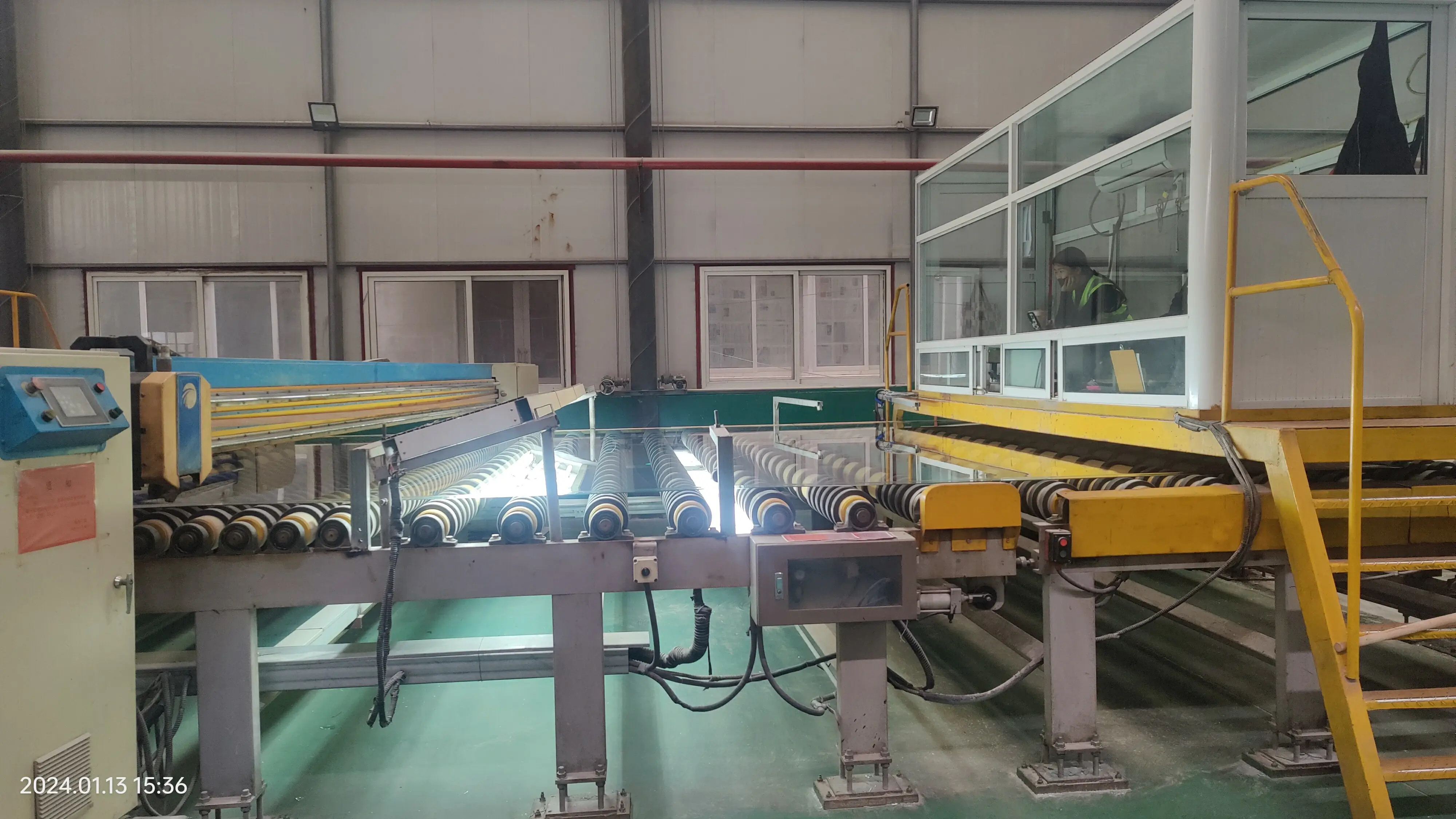

Understanding the Float Glass Process
The float glass process is a revolutionary industrial method that has transformed glass manufacturing since its inception in the 1950s. This technique allows for the production of flat glass of a consistently high quality, making it a pivotal technology in various sectors, particularly in construction, automotive, and interior design.
At its core, the float glass process involves melting raw materials, including silica sand, soda ash, and limestone, at high temperatures. The mixture is melted in a furnace to create molten glass. The temperature typically exceeds 1,600 degrees Celsius (approximately 2,912 degrees Fahrenheit), ensuring that the materials are fully liquefied. This molten glass is then carefully cooled and prepared for the next stage.
Once the raw materials are melted into a uniform glass mass, they are poured onto a bed of molten tin. The use of tin is fundamental to the float glass process, as it provides a smooth surface on which the glass is formed. The molten glass flows over the tin and spreads out evenly, creating a continuous ribbon of glass. The tin, being denser than glass, prevents the glass from sinking, allowing it to float. This floating action results in a glass surface that is extraordinarily flat and smooth, a quality that is essential for a variety of applications.
As the glass ribbon progresses, it is gradually cooled in a controlled environment within an annealing lehr. Here, the temperature is gradually lowered to ensure that the glass solidifies evenly, preventing any internal stresses from forming. This step is crucial in avoiding common glass defects such as warping or bubbles, which could compromise the integrity of the final product.

The width and thickness of the glass can be adjusted based on specific requirements during the manufacturing process. With precision rollers and adjustable settings, manufacturers can produce different types of glass, ranging from standard picture windows to specialized high-performance glass used in energy-efficient buildings. The versatility of the float glass process allows it to cater to the diverse needs of modern construction and design.
After the glass has cooled and solidified, it is cut into sheets of various sizes. These sheets can then undergo additional treatments, including polishing, coating, or laminating, depending on their intended use. Many modern applications, such as in the automotive industry, require specific surface treatments to enhance strength, durability, or thermal insulation.
One of the significant advantages of the float glass process is its efficiency. The ability to produce large quantities of flat glass continuously reduces production costs and waste significantly. Traditional methods of glass-making often involved labor-intensive techniques and produced less uniform products. The float glass process, in contrast, has streamlined production, improved quality, and allowed for greater scalability in the industry.
Moreover, advancements in technology have further enhanced the float glass process, enabling manufacturers to create energy-efficient glass that can help reduce heating and cooling costs in buildings. Low-emissivity (low-E) glass is an example of a product developed through innovative techniques in the float glass process. This glass is designed to minimize the amount of infrared and ultraviolet light that comes through the glass without compromising the amount of visible light that enters, thus enhancing energy efficiency.
In conclusion, the float glass process is a cornerstone of modern glass manufacturing, distinguished by its ability to produce high-quality flat glass efficiently and effectively. With continuous advancements and the integration of sustainability practices, the float glass process stands as a model for innovation in materials engineering, catering to the evolving demands of various industries while fostering environmental responsibility. As we look to the future, the float glass process will undoubtedly continue to evolve, ensuring its relevance and utility in the ever-changing world.